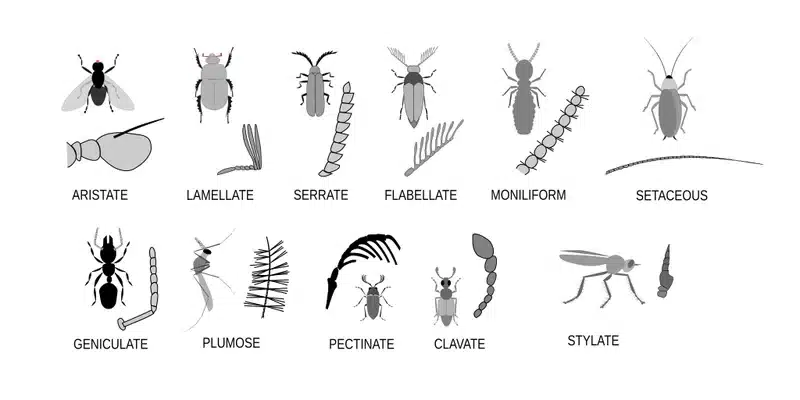Every spring, I get calls from homeowners who start with the same story. They spotted one or two ants in their kitchen, and within days, there’s a full trail marching across their countertop. What surprises most people is how quickly this happens - and why the problem keeps coming back even after treatment.
Understanding how long do ants live is crucial for effective pest control. After years of treating ant problems across Virginia, Maryland, and DC, I’ve learned that the biggest mistake homeowners make is focusing only on the ants they can see. The real challenge lies in understanding the dramatic lifespan differences between the various types of ants in a colony.
How Long Do Ants Live: Ant Life Cycle Across Different Castes
When people ask how long do ants live, there’s no simple answer. Ant colonies have three distinct castes, and their lifespans vary dramatically. This difference is key to understanding why ant problems persist even when you think you’ve eliminated them.
The Replacement Conveyor Belt
The caste system creates what I call the “replacement conveyor belt.” While you’re killing short-lived workers, long-lived queens keep producing new ones. This is why surface treatments often provide only temporary relief - you’re eliminating workers that would die naturally within weeks anyway, while the queen continues producing replacements.
Queen Ant Lifespan
Queen ants are the true survivors of the insect world. They can live for years to decades, making them incredibly difficult to eliminate with standard treatments. The University of Florida documented a Lasius niger queen that lived 28 ¾ years in laboratory conditions.
In the Mid-Atlantic region, different species show varying queen lifespans. Black carpenter ant queens can live 10-15 years, while pavement ant queens survive up to 7 years. Even the troublesome pharaoh ant queens that invade heated buildings typically live about 12 months.




I’ve seen firsthand how these long-lived queens drive reinfestations. Customers often call frustrated because they had their home treated, saw immediate results, then ants returned weeks later. The queen was simply replacing her lost workers.
Worker Ant Lifespan
Worker ants live much shorter lives - typically weeks to months. This creates both challenges and opportunities for pest control. Because workers turn over quickly, you need consistent treatment approaches that target the source.
Different species show significant variation in worker lifespans:
- Fire ant workers: Minor workers live 30-60 days, while majors can survive up to 180 days
- Pharaoh ant workers: Average just 9-10 weeks, explaining their rapid colony turnover
- Odorous house ant workers: Live several months to a year
- Pavement ant workers: Can survive 1-3 years under ideal conditions
Laboratory studies often show longer lifespans than field conditions. Real-world factors like predators, weather, and foraging risks significantly reduce actual worker lifespans.
Male Ant Lifespan
Male ants have the shortest lives of all castes. Most die within days to weeks after their mating flight. For example, odorous house ant males live just 7-10 days, while Argentine ant males survive 1-2 months at most.
Because males contribute almost nothing to colony recovery after treatments, they’re largely irrelevant to pest control strategies. Their brief existence centers entirely around reproduction.
How Long Do Argentine Ants and Other Species Live in the Mid-Atlantic
Different ant species common in Virginia, Maryland, and DC homes show distinct lifespan patterns. Understanding these variations helps explain why some species are harder to control than others.
Black carpenter ants (Camponotus pennsylvanicus) represent one extreme. Queens can live 15 years, workers 4-5 years, and males just a few weeks. These long lifespans mean carpenter ant colonies can persist for decades once established.
Odorous house ants (Tapinoma sessile) show more typical patterns. Queens live at least one year, workers 3-12 months, and males about one week. Their ability to form super-colonies makes them particularly challenging in heated buildings.
Pavement ants (Tetramorium immigrans) have queens surviving up to 7 years and workers living 1-3 years. These ants commonly nest in the clay soil around Chantilly foundations, where they seek moisture from heating and cooling cycles.
Pharaoh ants (Monomorium pharaonis) live fast and reproduce quickly. Queens survive about one year, workers just 9-10 weeks, and males roughly 4 weeks. This rapid turnover explains why pharaoh ant problems can explode seemingly overnight in heated buildings.
Argentine ants (Linepithema humile) show queens living 1-7 years, workers 10-12 months, and males surviving only days to weeks. Their massive polydomous networks in coastal Virginia create some of our most challenging infestations.
Factors That Affect How Long Do Ants Live
Several environmental and biological factors significantly influence how long do ants live. Understanding these helps predict treatment success and timing.
Temperature & Seasonality
Temperature dramatically affects ant lifespan and activity patterns.
How Temperature Affects Ant Survival
Research shows that cold overwintering at 2°C reduced worker survival compared to 7°C, while queens tolerated both temperatures well. Species that overwinter above ground can lose up to 50% of workers during harsh winters.
Indoor heating creates year-round activity for species like odorous house ants. While outdoor colonies become inactive from November through March, heated buildings allow continuous foraging and reproduction. This effectively extends worker lifespans by eliminating seasonal mortality.
Warmer winters increase survival rates, which is becoming a concern with changing climate patterns in our region.
How Long Ants Live Without Food: Nutrition & Diet
Nutrition plays a critical role in determining how long do ants live.
Diet Impact on Ant Longevity
Studies on Lasius niger showed that a single 24-hour exposure to high-protein, low-carbohydrate diets cut worker lifespan 10-fold and collapsed entire colonies. Sugar-rich diets are essential for worker maintenance, while protein primarily fuels larval development.
This explains why effective ant baits often combine both nutritional elements to appeal to different colony needs.
Poor nutrition during development can create smaller, shorter-lived workers. This factor becomes important when evaluating bait placement and timing in relation to brood cycles.
Social Role & Colony Stage
An ant’s role within the colony significantly affects its lifespan. Early-stage colonies produce small “nanitic” workers that often live longer than workers in mature colonies. As colonies grow larger, worker lifespan typically decreases.
Risk-based task allocation also influences longevity. Older or expendable workers take dangerous foraging trips, while young nurses remain in the relatively protected brood areas. This behavioral scheduling means the worker ants you see foraging in your kitchen are often near the end of their natural lifespans.
Colony maturity affects replacement rates too. Mature colonies with established queens can produce 30-1,500 eggs daily, depending on the species.
Pathogens & Symbionts
Microbial relationships can drastically alter how long do ants live. Some bacteria and parasites actually extend ant lifespans in unexpected ways.
Surprising Effects of Microbial Infections
Wolbachia infection in pharaoh ants increased both worker survival and overall colony productivity. Interestingly, some tapeworm-infected workers lived over 2 years - three times longer than uninfected siblings.
However, other pathogens can devastate colonies by shortening lifespans across all castes. These biological relationships add another layer of complexity to predicting colony responses to treatments.
Habitat: Indoor vs. Outdoor
Indoor environments typically extend ant lifespans by providing stable temperatures and eliminating seasonal mortality. Odorous house ants that move indoors avoid the winter die-offs that limit outdoor populations.
Pharaoh ants depend entirely on stable indoor temperatures around 25°C. Their short-lived workers are continuously replaced every 2-3 months, which demands persistent bait availability for successful control.
Outdoor habitats expose ants to weather extremes, predators, and food scarcity. These factors often cut field lifespans significantly below laboratory potential.
Seasonal Workers vs Year-Round Species: How Long Do Ants Live & Thrive
Understanding seasonal patterns in how long do ants live helps time treatments effectively. Many outdoor species follow predictable cycles that create windows of vulnerability.
Seasonal species like pavement ants produce large worker populations in spring and summer, then experience winter die-offs. Only queens and some workers survive in protected locations. This creates natural population bottlenecks that treatments can exploit.
Year-round species that establish in heated buildings maintain continuous brood production. Pharaoh ants, for example, never experience seasonal slowdowns. Their workers are constantly being replaced, requiring sustained treatment approaches.
Spring activity patterns in Virginia, Maryland, and DC typically peak from April through October. However, indoor heating allows some species to remain active during winter months when outdoor populations are dormant.
This seasonal difference explains why some customers see winter ant activity while their neighbors don’t. Indoor colonies skip the natural population crashes that outdoor species experience.
Colony-Level Persistence Despite Short Worker Lives
Even though individual workers have short lifespans, colonies can persist for decades. This happens because queens maintain continuous egg production that creates overlapping worker generations.
A healthy queen laying 100-500 eggs daily produces multiple worker cohorts simultaneously. As one generation dies off, newly matured workers replace them. This “conveyor belt” system means surface treatments that only kill foragers have minimal long-term impact.
Polygynous colonies with multiple queens are even more resilient. Species like Argentine ants and odorous house ants can have dozens of queens in a single network. Eliminating one nest doesn’t collapse the colony because other queens continue production.
Budding behavior further complicates control. Instead of producing winged reproductives, some species split existing colonies by walking to new locations. This creates interconnected networks that can recolonize treated areas quickly.
I’ve learned that understanding these replacement cycles is crucial for setting realistic customer expectations. The absence of foragers immediately after treatment doesn’t indicate colony elimination.
Why Understanding How Long Do Ants Live Helps with Control Strategies
Knowing how long do ants live transforms pest control from guesswork into strategic planning. Instead of just killing visible ants, effective treatments target the biological systems that sustain colonies.
Slow-acting baits work precisely because they account for ant lifespans. Workers live long enough to bring toxicants back to the colony and share them through trophallaxis. Fast-acting contact sprays prevent this crucial transfer.
Timing treatments to reproductive cycles maximizes impact when brood volume is lowest. Spring nuptial flights for carpenter ants and pavement ants represent windows when colonies are most vulnerable.
Scheduling follow-up visits based on worker lifespans prevents reestablishment. Most household species need retreatment every 4-12 weeks to interrupt multiple brood cycles.
I’ve found that educating customers about these biological realities reduces frustration and improves cooperation. When homeowners understand why ants reappear weeks after treatment, they’re more likely to stick with comprehensive programs.
How Flying Ants Live & Impact Ant Infestations in Virginia/Maryland/DC
Regional factors in the Mid-Atlantic significantly influence how long do ants live and affect treatment strategies. The clay soil common around Chantilly creates ideal nesting conditions for pavement ants seeking foundation moisture.
Alexandria’s historic brick homes provide numerous entry points that extend indoor survival. The thermal mass of brick construction creates temperature gradients that ants exploit for overwintering.
Brambleton’s new construction has disrupted established ant territories, forcing colonies to seek new nesting sites. This displacement often drives them into homes where indoor conditions extend their lifespans.
I remember one particularly challenging season when we had an unusual spike in calls. What struck me was how rapidly customers went from seeing isolated ants to full trail formations. Understanding worker replacement cycles helped us develop more effective response protocols.
The rapid trail formation happens because scout workers that find food sources recruit others through pheromone trails. Once established, these trails can persist even as individual workers are replaced.
Best Practices for Long-Term Ant Control Based on Lifespan Insights
Effective ant control requires strategies that account for how long do ants live across all castes. The most successful approaches target queens and developing brood rather than just surface workers.
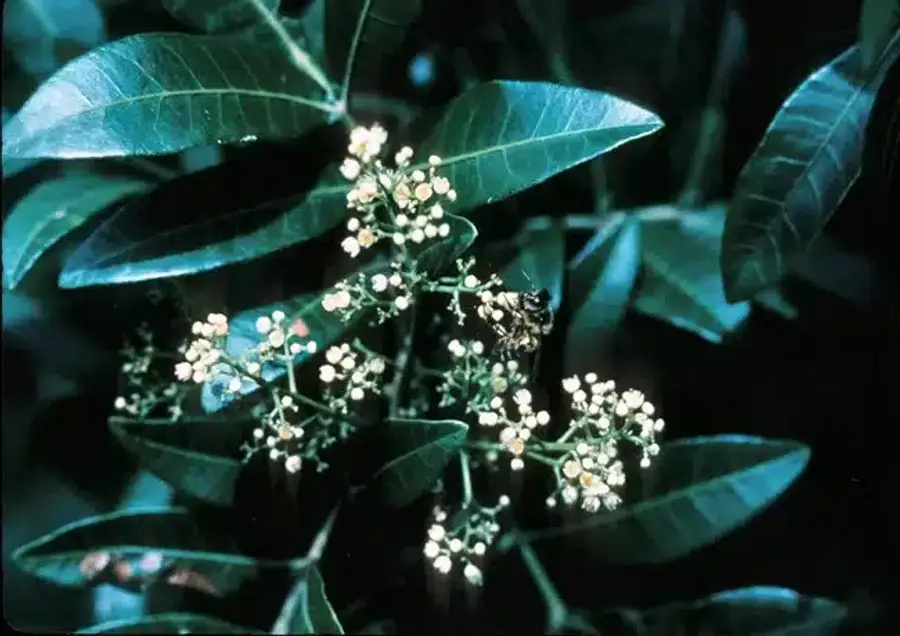

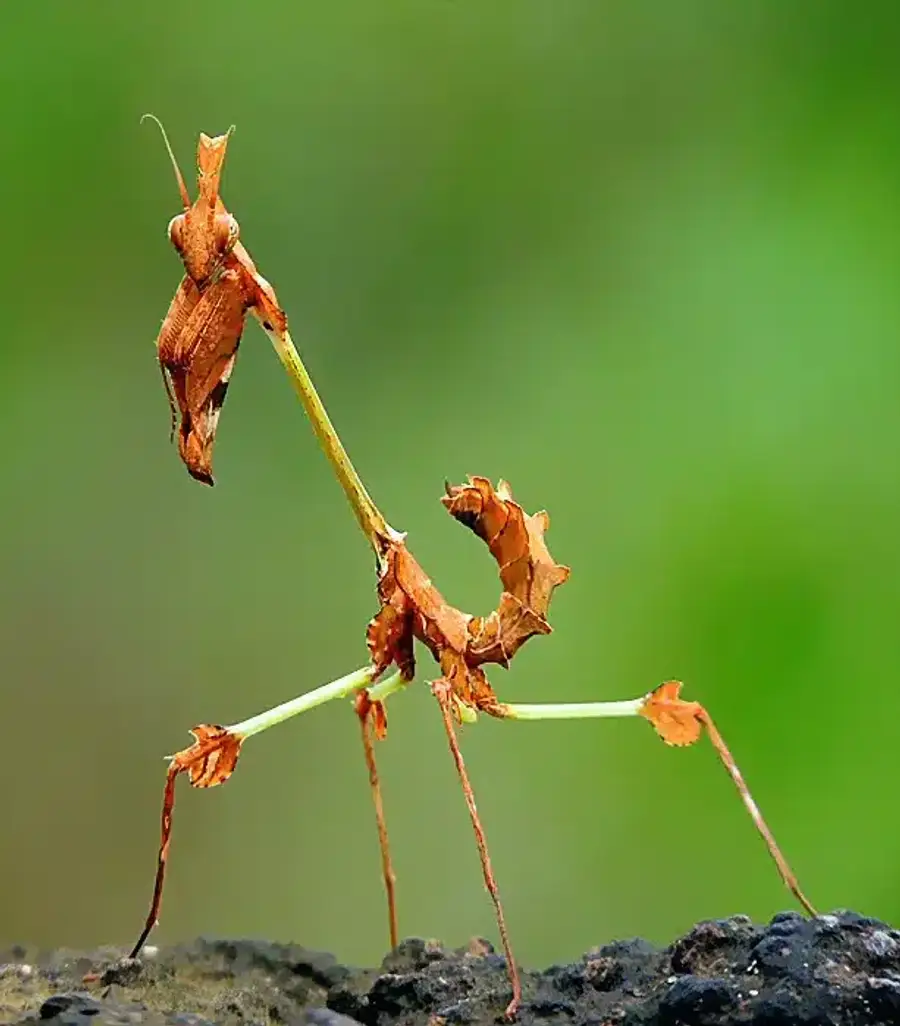
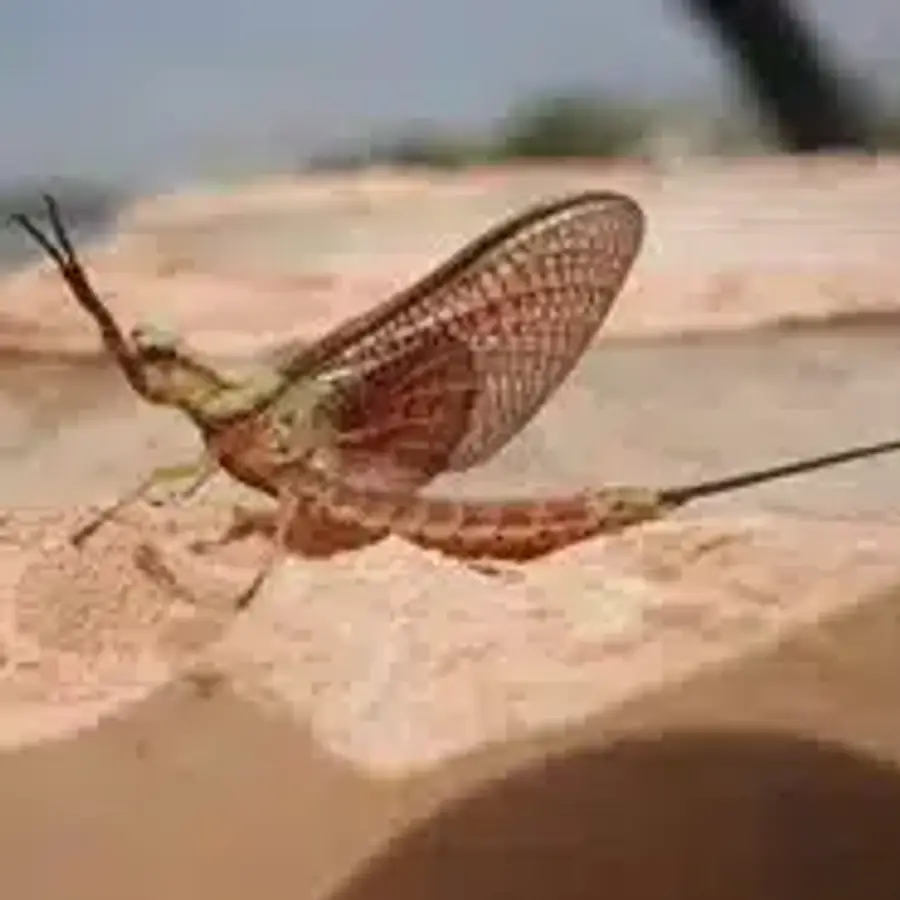
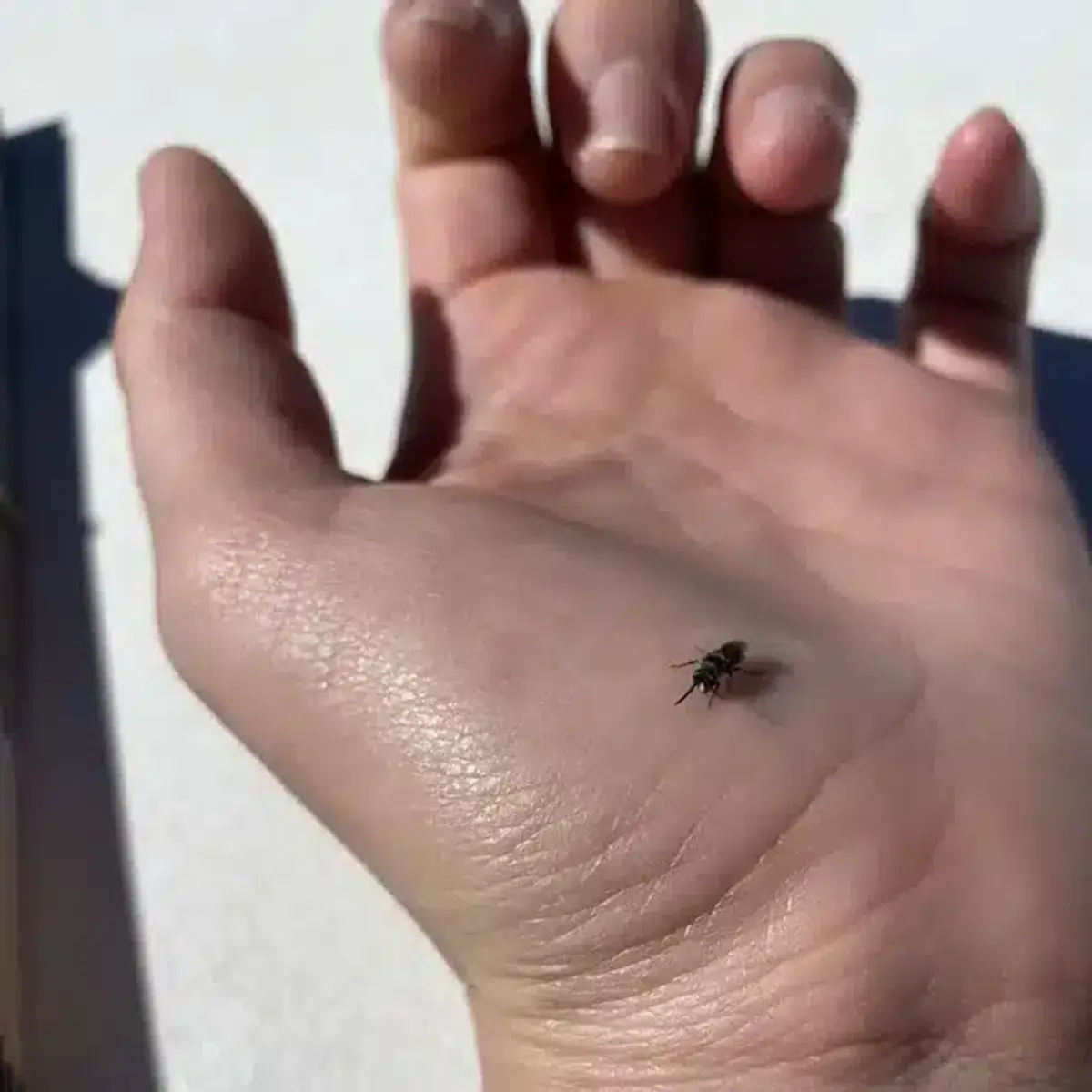
Use non-repellent materials that workers will unknowingly transport back to the colony. Repellent sprays may kill contact ants but don’t reach the reproductive castes that drive reinfestations.
Maintain bait stations consistently based on worker lifespan cycles. Pharaoh ants need fresh baits every 2-3 months, while carpenter ants may accept baits for longer periods.
Plan tri-annual maintenance visits (three times per year) timed to worker replacement cycles. Most household species require retreatment every 4-12 weeks to prevent reestablishment.
Address conducive conditions that support extended lifespans. Eliminating moisture sources and sealing entry points reduces both indoor survival and colony growth potential.
Understanding Ant Lifespans for Better Pest Control Results
How long do ants live depends entirely on their role within the colony. Queens can survive for years or even decades, continuously replacing the short-lived workers you see in your home. This biological reality explains why surface treatments often provide only temporary relief.
Successful ant control requires strategies that account for these lifespan differences. By targeting queens and developing brood with slow-acting baits and growth regulators, you can achieve lasting results that interrupt the colony’s replacement cycles.
The key is patience and persistence. Multiple worker generations may emerge before treatments reach the reproductive castes that sustain infestations. However, understanding these cycles allows for strategic timing that maximizes treatment effectiveness.
Frequently Asked Questions
How long do worker ants live?
+
Worker ants typically live weeks to months, depending on the species. Fire ant minor workers survive 30-60 days, while majors can live up to 180 days. Pharaoh ant workers average just 9-10 weeks, but pavement ant workers can survive 1-3 years under ideal conditions. Field conditions usually reduce these lifespans significantly compared to laboratory studies.
Why do queen ants live so much longer than workers?
+
Queen ants live longer because they're protected within the colony and don't face the risks that workers encounter. While workers forage outside and face predators, weather, and other hazards, queens remain in the relative comfort of the nest. Additionally, queens invest their energy in reproduction rather than risky activities, which extends their lifespans dramatically.
How long do male ants live after mating?
+
Male ants have extremely short lifespans, typically dying within days to weeks after mating flights. Odorous house ant males live just 7-10 days, while Argentine ant males might survive 1-2 months at most. Their sole purpose is reproduction, and they contribute nothing to colony recovery after pest control treatments.
Do environmental conditions affect how long ants live?
+
Yes, environmental factors significantly impact ant lifespans. Temperature extremes can reduce survival, while stable indoor conditions often extend worker lives. Nutrition also plays a crucial role - poor diets can cut lifespans by 90% in some species. Indoor heating eliminates seasonal mortality that outdoor populations experience, effectively extending colony persistence.
How long after treatment until ant colonies collapse?
+
Colony collapse typically requires 2-3 complete brood cycles, which can take 3-6 months depending on the species. Workers may disappear within days of treatment, but queens continue producing replacements until the treatment reaches the reproductive castes. This is why follow-up visits scheduled 30-60 days apart are essential for confirming long-term control success.
Can ant colonies survive without their queen?
+
Most single-queen (monogyne) colonies cannot survive without their queen and will eventually collapse. However, many household species like Argentine ants and odorous house ants have multiple queens (polygyny) or practice budding. These colonies can lose individual queens and continue thriving, which makes them much more challenging to eliminate completely.
What species of ants have the longest lifespans?
+
Black garden ant queens hold the longevity record at 28 ¾ years in laboratory conditions. Among household pests, carpenter ant queens can live 10-15 years, while pavement ant queens survive up to 7 years. Even among workers, some species show remarkable lifespans - black garden ant workers can live 4 years in laboratory conditions.
How quickly can ants repopulate after treatment?
+
Repopulation speed depends on the species and whether queens survived treatment. Fast-reproducing species like pharaoh ants can show renewed activity within 2-3 months. Carpenter ants with longer development cycles may take 6-12 months to show significant worker populations again. This is why understanding species-specific lifespans is crucial for scheduling effective follow-up treatments. For expert ant control that accounts for species-specific lifespans and biology, call us at 703-683-2000 or email info@bettertermite.com. Our experienced team can develop a targeted strategy for your specific ant problem.
With five years of hands-on experience in the pest control industry, George Schulz is a registered technician with the Virginia Pest Management Association and a proud third-generation professional in a family business that's been protecting homes for over 57 years. He manages and trains a team of service pros while also leading internal research efforts—recently spearheading a deep-dive review of thousands of documents on pest control materials to hand-pick the most kid and pet friendly, most effective solutions tailored specifically for homes in the DC metro area.
